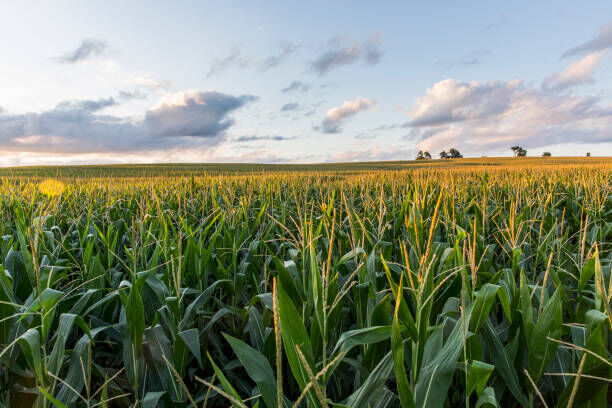Emissions of social nitrous oxide increase with crop production
A new study from researchers at Iowa State used computer models to simulate the amounts of nitrous oxide emitting from soil used in croplands.
March 23, 2022
A study was recently conducted by an Iowa State researcher using computer models to showcase why there is an increase in the emission of nitrous oxide from crop production in the U.S.
Using a computer-based model, an Iowa State researcher came up with concerning findings on trends in nitrous oxide emissions. Over the century, there has been a massive increase in the cropland in America, making the fertilization inputs rise. As croplands and fertilization inputs rise, nitrous oxide emissions also increase. From 1900 to 2022, the soil nitrous oxide content has increased by 90%.
Chaoqun Lu, an associate professor of ecology, evolution and organismal biology, discussed some of her findings.
“The model we are using is a process-based ecosystem model, which is equivalent to simulating the patterns and processes of an ecosystem in our computer,” Lu said. “To do this, we first start by dividing the land into thousands of pixels at a constant size and run algorithms that simulate how ecological processes respond to changes in climate, air composition and human movements.”
They found nitrous oxide emissions from United States soil, especially in land used for corn production, have more than tripled since the 1900s, from 133 million metric tons of carbon dioxide equivalent (MMT CO2 eq) per year at the beginning of the 20th century to 404 million metric tons of carbon dioxide equivalent per year now.
The nitrous oxide comes from the living microorganisms in the soil that will consume nitrogen-containing compounds, which give off nitrous oxide as a byproduct.
“The Iowa State researchers designed mathematical models that imitate ecological operations. The models rely on mountains of data gathered and developed over the course of years,” Lu said. “The data used mainly comes from cropland and the weather.”
While conducting the research on nitrous oxide in soil, the researchers used the model’s data and compared it to the real world. This means that the models were actually able to track more crops coming from a later date, whereas the real-world data couldn’t. It also suggested that the information from the computer model has more detailed information over the nitrous oxide in the soil.
“Understanding this work may be a challenging process,” Lu said. “But with the guide of our computer models, our group of scientists is able to help improve history and hopefully conquer the emissions of nitrous oxide.”

















